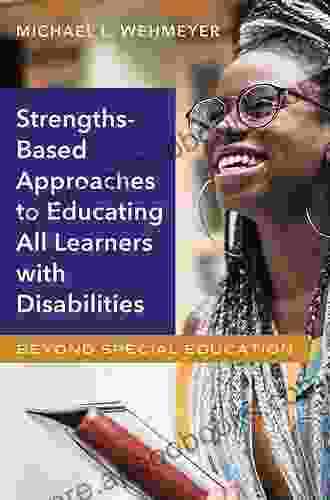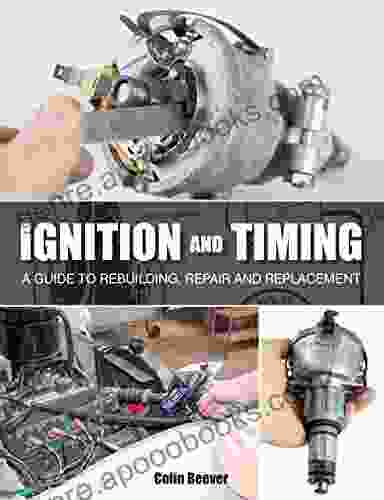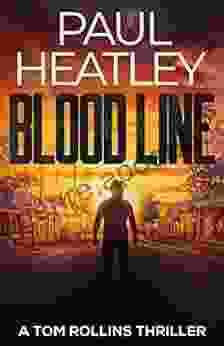Unlocking Potential: Strengths-Based Approaches to Educating All Learners with Disabilities

: Empowering Learners with Disabilities through a Strengths-Based Lens
For far too long, the education system has been dominated by a deficit-oriented approach that focuses on students' weaknesses and limitations. This approach has failed many learners with disabilities, leaving them feeling marginalized and discouraged. However, a new educational paradigm is emerging, one that emphasizes the strengths and abilities of all learners, regardless of their challenges.
This article delves into the transformative power of strengths-based approaches in educating learners with disabilities. We will explore its principles, benefits, and practical implementation strategies to empower students to reach their full potential.
5 out of 5
| Language | : | English |
| File size | : | 931 KB |
| Text-to-Speech | : | Enabled |
| Enhanced typesetting | : | Enabled |
| Word Wise | : | Enabled |
| Screen Reader | : | Supported |
| Print length | : | 120 pages |
| X-Ray for textbooks | : | Enabled |
Principles of Strengths-Based Approaches
At the heart of strengths-based approaches lies the belief that every learner possesses unique strengths, talents, and interests. These strengths can be leveraged to unlock learning potential and promote academic, social, and emotional growth.
Key principles of strengths-based approaches include:
- Asset Focus: Identifying and nurturing students' strengths, abilities, and talents.
- Appreciation of Diversity: Recognizing and celebrating the unique contributions of each learner.
- Collaboration and Partnerships: Working together with students, families, and educators to create a supportive learning environment.
- Personalized Learning: Tailoring instruction to meet the individual needs and interests of each student.
- Growth Mindset: Promoting the belief that all students can learn and grow with effort and support.
Benefits of Strengths-Based Approaches
Research has consistently demonstrated the profound benefits of strengths-based approaches for learners with disabilities:
- Increased Student Engagement: Students are more motivated and engaged when their strengths are recognized and valued.
- Improved Academic Performance: Strengths-based approaches can help students build upon their existing skills and knowledge to achieve academic success.
- Enhanced Self-Esteem and Confidence: Students develop a positive self-image when they are recognized for their abilities.
- Reduced Behavior Problems: By focusing on students' strengths, educators can create a more positive and supportive learning environment that reduces the likelihood of behavioral issues.
- Greater Transition Success: Strengths-based approaches help students develop essential skills and navigate post-secondary education and employment.
Practical Implementation Strategies
Implementing strengths-based approaches in the classroom requires a shift in mindset and pedagogical practices. Here are some practical strategies to incorporate strengths into your teaching:
- Conduct Strengths Inventories: Use assessments and observations to identify students' strengths, interests, and learning styles.
- Create Learner Profiles: Develop individualized profiles that highlight each student's strengths and areas for growth.
- Tailor Instruction: Design learning experiences that leverage students' strengths and interests.
- Provide Differentiated Support: Offer students varying levels of support based on their individual needs and abilities.
- Foster Collaboration: Encourage students to work together and support each other's strengths.
- Celebrate Successes: Recognize and reward students for their accomplishments, both big and small.
Case Study: Transforming Education for a Student with ADHD
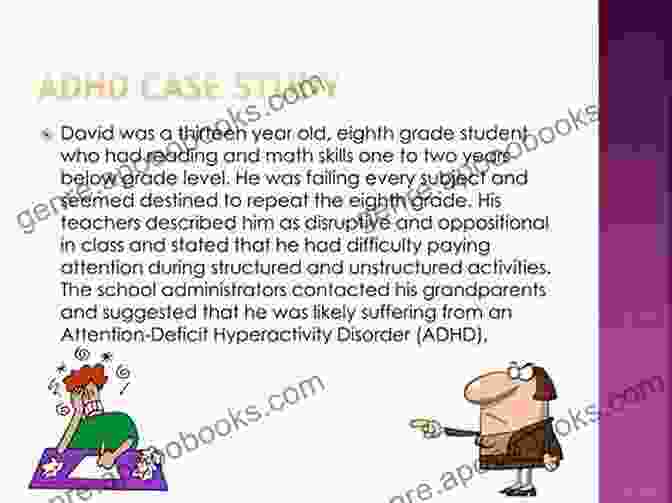
Consider the example of Emily, a student with ADHD who struggled to focus and complete her assignments on time. Using a strengths-based approach, her teacher identified her strengths in creativity, problem-solving, and visual learning. The teacher designed lessons that incorporated hands-on activities, visual aids, and opportunities for Emily to share her ideas. As a result, Emily's engagement and academic performance soared.
: A Paradigm Shift for Inclusive Education
Strengths-based approaches are not simply a pedagogical strategy; they represent a fundamental shift in our approach to educating all learners with disabilities. By focusing on students' strengths and abilities, we unlock their potential, empower them to succeed, and create a truly inclusive and equitable learning environment.
As educators, we have the opportunity to embrace this paradigm shift and transform the lives of our students. Let us all strive to create classrooms where every learner feels valued, supported, and ready to achieve their dreams.
Reference:
* Strengths-Based Approach to Education for All Learners with Disabilities
5 out of 5
| Language | : | English |
| File size | : | 931 KB |
| Text-to-Speech | : | Enabled |
| Enhanced typesetting | : | Enabled |
| Word Wise | : | Enabled |
| Screen Reader | : | Supported |
| Print length | : | 120 pages |
| X-Ray for textbooks | : | Enabled |
Do you want to contribute by writing guest posts on this blog?
Please contact us and send us a resume of previous articles that you have written.
 Book
Book Novel
Novel Page
Page Chapter
Chapter Text
Text Story
Story Genre
Genre Reader
Reader Library
Library Paperback
Paperback E-book
E-book Magazine
Magazine Newspaper
Newspaper Paragraph
Paragraph Sentence
Sentence Bookmark
Bookmark Shelf
Shelf Glossary
Glossary Bibliography
Bibliography Foreword
Foreword Preface
Preface Synopsis
Synopsis Annotation
Annotation Footnote
Footnote Manuscript
Manuscript Scroll
Scroll Codex
Codex Tome
Tome Bestseller
Bestseller Classics
Classics Library card
Library card Narrative
Narrative Biography
Biography Autobiography
Autobiography Memoir
Memoir Reference
Reference Encyclopedia
Encyclopedia Sally Clarkson
Sally Clarkson Oliver Soden
Oliver Soden Lynn F Jacobs
Lynn F Jacobs Uwe Steinhoff
Uwe Steinhoff Samuel Moyn
Samuel Moyn Wynne Harlen
Wynne Harlen Pedram Azad
Pedram Azad Vesna Neskow
Vesna Neskow Margot Canaday
Margot Canaday Willy Obrist
Willy Obrist Pero Vaz De Caminha
Pero Vaz De Caminha Kenley Davidson
Kenley Davidson Soweto Satir
Soweto Satir Robert J Nash
Robert J Nash Kimberly A Rogers
Kimberly A Rogers Richard H Schmidt
Richard H Schmidt Tom Duke
Tom Duke Kimberly Krey
Kimberly Krey Kim Newman
Kim Newman Morgan Parker
Morgan Parker
Light bulbAdvertise smarter! Our strategic ad space ensures maximum exposure. Reserve your spot today!

 Geoffrey BlairUnveiling the Inner Depths of Women: A Poetic Journey with "The Diary of She,...
Geoffrey BlairUnveiling the Inner Depths of Women: A Poetic Journey with "The Diary of She,...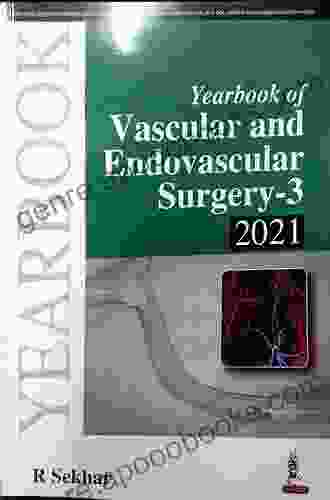
 James JoyceYearbook of Vascular and Endovascular Surgery 2024: A Comprehensive Guide for...
James JoyceYearbook of Vascular and Endovascular Surgery 2024: A Comprehensive Guide for...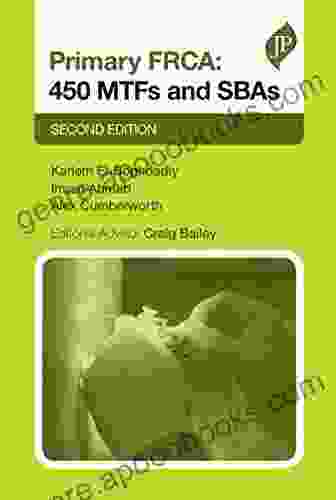
 David BaldacciUnlock Your FRCA Success with Primary FRCA 450 MTFs and SBAs, Second Edition
David BaldacciUnlock Your FRCA Success with Primary FRCA 450 MTFs and SBAs, Second Edition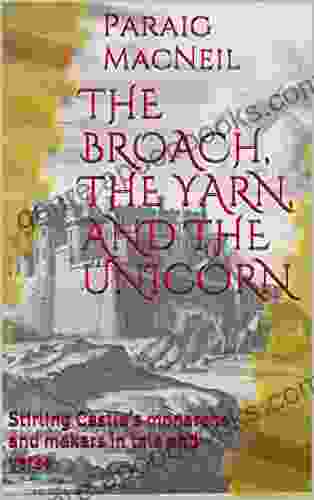
 Edward ReedStirling Castle: Monarchs and Makars in Tale and Verse - Embark on a Literary...
Edward ReedStirling Castle: Monarchs and Makars in Tale and Verse - Embark on a Literary... Henry Wadsworth LongfellowFollow ·19.8k
Henry Wadsworth LongfellowFollow ·19.8k Eric HayesFollow ·4.5k
Eric HayesFollow ·4.5k Geoffrey BlairFollow ·14.3k
Geoffrey BlairFollow ·14.3k Gus HayesFollow ·14.6k
Gus HayesFollow ·14.6k Edward BellFollow ·2.8k
Edward BellFollow ·2.8k Anthony BurgessFollow ·17.7k
Anthony BurgessFollow ·17.7k Simon MitchellFollow ·17.9k
Simon MitchellFollow ·17.9k Edwin BlairFollow ·4.8k
Edwin BlairFollow ·4.8k

 Finn Cox
Finn CoxCarmen Suite For Flute Quartet (G Alto Flute) ( Carmen...
Experience the Magic of...

 Andy Cole
Andy ColeUncover Hidden Truths: A Comprehensive Guide to Detecting...
: The Silent...

 Ken Simmons
Ken SimmonsUnleash Your Potential: Transform Frustration and...
Are you tired of feeling...

 Rick Nelson
Rick NelsonHard To Kill: A Gripping Thriller That Will Keep You on...
Tom Rollins is a...

 Ivan Turner
Ivan TurnerUnleash the Power of Your Breath: Discover Breath...
In the tapestry of life, where stress and...
5 out of 5
| Language | : | English |
| File size | : | 931 KB |
| Text-to-Speech | : | Enabled |
| Enhanced typesetting | : | Enabled |
| Word Wise | : | Enabled |
| Screen Reader | : | Supported |
| Print length | : | 120 pages |
| X-Ray for textbooks | : | Enabled |


